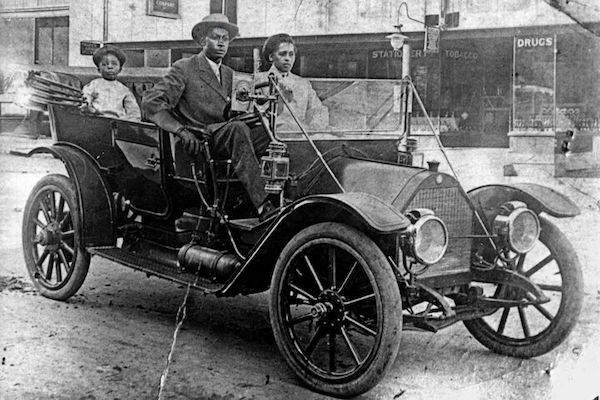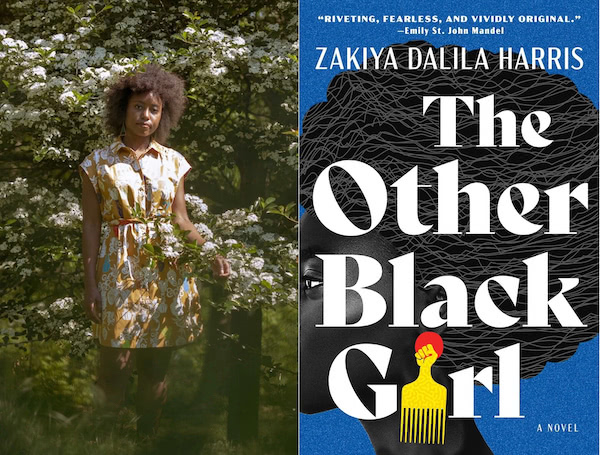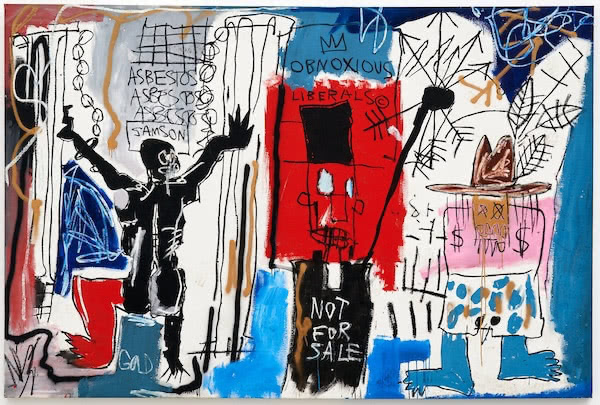Greenwood, Then and Now

100 years ago, in one of the worst race massacres in America, a white mob destroyed the thriving Black neighborhood of Greenwood in Tulsa, Oklahoma.
60 Minutes was there in 2019 as the city began excavating the dead. Host Scott Pelley sat with residents.
DAMARIO SOLOMON-SIMMONS: When I went to OU in 1998, I was sitting in a class of African American history. And the professor was talking about this place where Black people had businesses and had money and had doctors and lawyers. And he said it was in Tulsa. And I raised my hand, I said, “No, I’m from Tulsa. That’s not accurate.” And he was talking about this massacre riot. I said, “Man, what are you talking about?” I said, “I went to school on Greenwood. I’ve never heard of this ever.”
A special New York Times piece provides a virtual tour of Greenwood, showing what was lost before the mob spilled onto its streets. It visits many of the dozens of businesses that were destroyed and introduces some of the remarkable people behind them.
In this stretch alone, there were four hotels, two newspapers, eight doctors, seven barbers, nine restaurants and a half-dozen professional offices of real estate agents, dentists and lawyers. A cabaret and a cigar shop were on the block, too.
You could shop for groceries, play pool, take in a theater show, eat dinner or get your hair styled — without ever leaving the block.
All this and more, just 60 years after emancipation.
Today, there’s a lot of media attention being directed at Greenwood and millions of development dollars are pouring in, but who’s benefiting? NPR’s Code Switch speaks with Black Tulsans in what’s left of Greenwood.
“It’s not going back into the community or the descendants,” Tyson says bluntly. The city has put monuments and plaques and statues to tell the story of Greenwood’s former affluence, she says, but there has been no recognition of what these families lost. She knows a lot of Tulsans, most of them white, won’t countenance reparations checks. But, she says, there are other ways to begin to atone for last century’s damage:
“Give some of the land back!” She wants the community to decide what needs to be built there. What’s being built now, she says, “is not for us.”
On Sunday, the History Channel premieres a Russell Westbrook produced documentary about the massacre.
“Tulsa Burning: The 1921 Race Massacre” takes an in-depth, sobering look at the tragic events of a century ago and focuses on a specific period, from the birth of Black Wall Street, to its catastrophic downfall over the course of two bloody days, and finally the fallout and reconstruction.
End The Court Doctrine That Enables Police Brutality
The New York Times Editorial Board:
Qualified immunity arose out of an 1871 civil rights law that made government officials, including police officers, financially liable for violating a person’s constitutional rights. In a series of rulings starting in the late 1960s, the Supreme Court decided that an officer is immune from liability unless it can be shown that he or she broke “clearly established” law in the process. The burden is on the plaintiff to make this showing, and the bar is absurdly high.
Eavesdropping on $5,000 Anti-Racist Dinner Parties
The subtitle here is, “Two entrepreneurs have built a business dredging up white women’s shame.”
Molly Fischer, writing for The Cut:
Were White Fragility to be adapted as reality TV, the result might look something like this: A collection of affluent white women, equipped with varying degrees of vanity and self-delusion, gather at a well-appointed dinner table. There, they face down a pair of unsparing judges prepared to see right through them. Who’s racist? Time to find out. White wine flows; white women admit shameful secrets. They get squirmy; they get angry; they turn on each other. If one of them starts to cry, she has to leave. She will find tissues in the designated crying room.
Do read the whole thing, it is amazing.
The Other Black Girl

Elizabeth A. Harris for the Times:
Zakiya Dalila Harris, a former editorial assistant, is making a splash with “The Other Black Girl,” her debut novel about an African-American woman navigating a nearly all-white workplace.
Harris’s publisher won a million dollar bidding war for the novel. Harris is also writing a television series for Hulu based on the book.
Graduating with honors, from prison
Great story from NPR:
Pierce is in his early 30s and is a bit of a nerd and a class leader. He also writes poetry and paints. “It is true that oppression often requires that individuals make themselves extraordinary in order to simply survive,” reads his artist’s statement in an online exhibit of his work.
If the valedictorian at your school didn’t quote Tupac and William Ernest Henley in the same speech, did they really get an education?
Basquiat at the Broad Museum

Robin Pogrebin, reporting for the Times:
“Without Basquiat, art history of the past 40 years would have been very different. He’s the most desirable artist at the moment.”
Simone Biles becomes the first woman to land this incredible vault
The greatest, doing the impossible.
Thanks for reading. See you next week.
